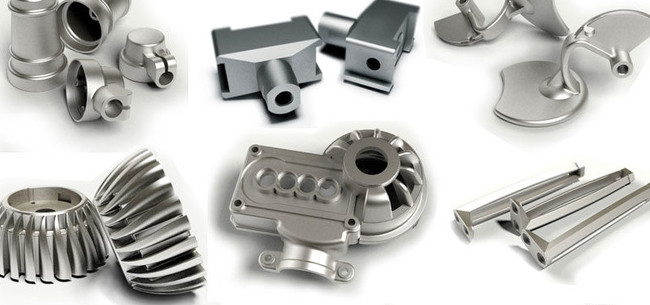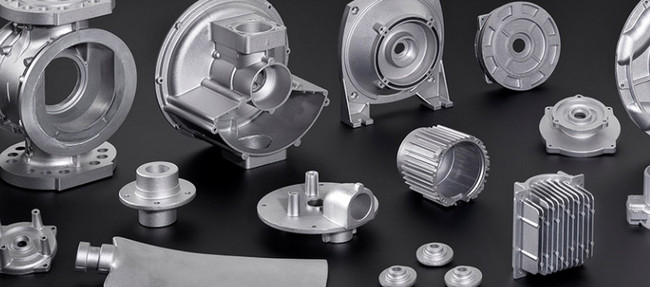The aluminum die casting process produces important components for a wide range of industrial processes. Because there are many metal alloys available, selecting the right one to die-cast is not always a straightforward choice. Aluminium – the focus of this article – makes up 8 percent of the Earth’s crust, making it the most abundant metal. It is also very popular with manufacturers. Below, we look at what makes die casting alloys aluminium a great choice for your project.
What Is Aluminium Die Casting?
Aluminium die casting refers to the manufacturing process where aluminium or its alloy is molted under high pressure to produce defined surface parts of a given shape. It can be done through the hot or cold chamber process but the latter is more common due to aluminium’s 1150°F melting point.
Properties of Die Cast Aluminium
Over 80 percent of die-cast parts are aluminium or aluminium alloy, and this is not by chance. While this metal may not be suitable for every project, it is very popular across industries due to the following die-cast aluminium properties:
- Strength
- Lightweight
- Good electrical and thermal conductivity
- High melting point
- Non-magnetic
- Recyclable
Many other metal alloys are strong and recyclable but aluminium stands out because it can be cast through the cold chamber method. Its other properties also make it the first choice for many manufacturers.
Benefits of Aluminium Die Casting
Here are the benefits of aluminium die casting:
- High Precision and Great Surface Quality
Aluminium casting parts have a very high dimensional accuracy and surface roughness – some of the highest in the world. They also have great interchangeability and can be used to produce parts with complex shapes, deep cavities, thin walls, clear outlines, and elaborate patterns and characters. In fact, the minimum wall thickness of s strong aluminium casting part is .5mm, making for high precision.
- Compact and Strong Microstructure
Most aluminium die casts are produced through the cold chamber method, due to aluminium’s high melting point. The molten liquid metal is usually cooled rapidly and solidified under high pressure, resulting in a very fine and dense surface later microstructure. Consequently, aluminium cast parts are hard, strong, corrosion-resistant, and have excellent wear resistance.
- Efficient Material Utilization
Aluminium casting parts do not require a lot of machining for assembly. The material utilization rate for these casts ranges from 60 to over 80 percent, which leads to reduced assembly costs and lost material. Consequently, aluminium die casting is an efficient process.
- High Production Efficiency
The cold chamber casting process can die-cast up to or higher than 3,100 times an hour. On the other hand, the hot chamber process has a die-casting rate of 30 to 1000 times an hour. Since the aluminium casting process utilizes the former, it makes for high production efficiency.
- Simplified Manufacturing Process
Aluminium cast parts are very strong and defined, which means special property inserts can easily be embedded in them. This feature significantly simplifies the manufacturing process.
Conclusion
Die casting alloys aluminium are versatile, recyclable, and corrosion resistant, among other things. These properties mean that they can be used to produce a wide range of manufacturing products that are durable and give you more value for your money. As such, it is no surprise that aluminum die casting is the most favored metal casting process among industries. If you are looking for die casts for an upcoming project, talk to your supplier about the suitability of aluminum parts.


